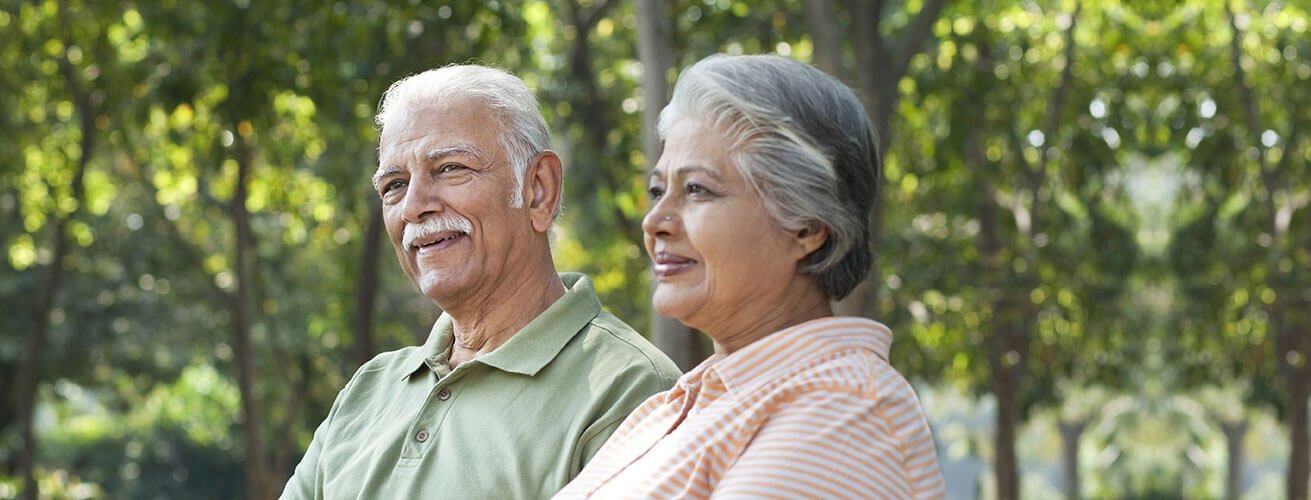This procedure is an established treatment for movement disorders including essential tremors, Parkinson’s Disease, Dystonia and obsessive compulsive disorder. It is approved by the U.S. Food and Drug Administration (FDA) to reduce seizures and epilepsy.
What Can Deep Brain Stimulation Do?
Deep Brain Stimulation procedure is not the cure. It is just a treatment to reduce the symptoms of Parkinson’s Disease. This essentially means that it is both not permanent and suitable for everybody. But undergoing DBS procedure can be helpful in treating many issues related to your disease like decreasing the need for medication. If you are a suitable candidate, DBS can:
Treat Symptoms
Parkinson’s Disease gradually progresses with ageing and DBS procedure treats most of the symptoms like tremors in arms and legs, muscle rigidity, abnormal posture, abrupt muscle contractions and Dystonia.
Sleep-wake Cycle
The Deep Brain Stimulation procedure controls restless legs syndrome and sleep disturbances by regulating the impulses during sleep. This helps in improving the sleep-wake cycle with fewer disturbances. Parkinson’s Disease patients often report improvement in their quality of sleep as well as fewer episodes of unintended daytime sleepiness after the surgery. DBS impulses can be controlled to provide slower impulses to calm down the brain and bring the body to rest position easily.
Lower Depression
More than 60% of Parkinson’s Disease patients reported that they have lower experience of depression as well as anxiety after the DBS surgery. Many medical professionals say that this is the result of Placebo effect after the procedure. It is not the device’s effect that cures depression and anxiety, but the lifestyle improvements that help the patients deal better with their situations which in turn help them relieve stress easily. This reduces their episodes of depression and also boosts their spirit and energy to some extent.
Improve Lifestyle
People after the DBS procedure are able to perform their daily tasks better. It helps them become slightly more independent in fulfilling their basic requirements and boosts their morale. Patients after the DBS treatment become more social and get involved with friends and family.
Travel On Your Own
The Deep Brain Stimulation device treats abrupt sleep attacks and muscle contractions which are hazardous for people while travelling. With this device, the patients can walk better, perform exercises and go out for longer periods of time. It also reduces the need to take medication which helps them travel better.
Note – People suffering from Parkinson’s Disease should not drive a car or ride a bike on their own. It is really important to note that DBS is just a treatment, not a cure. So, with the increase in intensity of tasks, the chances of getting the symptoms also increase. Care givers should always be there with the patients when they are driving or riding.
What Can Deep Brain Stimulation Not Do?
Deep Brain Stimulation is firstly, not a cure. It is just a treatment for many symptoms of movement disorders and tremors associated with diseases like Parkinson’s Disease, Essential Tremors and Dystonia. That is why;it has its own limitations and cannot do things like:
Provide Complete Solution
Even after the DBS surgery, Parkinson’s Disease patients need to take medications. The reduction of dosage varies from person to person depending on various factors like age, stage of Parkinson’s Disease and any other complications. They still need to take regular medications as well as conduct at least monthly visits to their movement disorder specialist.
Deep Brain Stimulation is also not a one-time solution for Parkinson’s Disease.The device is installed under chest skin and when batteries run out after some time and need replacement, a minor surgery is required.
Is Not Suitable For Everyone
Even if DBS looks like the right option for you based on your condition, it might not be. Deep Brain Stimulation is a surgical procedure and comes with potential side effects which may create problems for certain patients. That is why, it is recommended to get all the required tests done to know whether you can go through DBS procedure or not.
Does Not Directly Treat Depression
Even though many patients experience lesser episodes of depression after the DBS surgery, doctors still recommend regular observation for it. The procedure works as placebo effect for patients and helps them boost their morale. It does not affect depression directly.
Comes with Side Effects
Deep Brain Stimulation is a surgical treatment and comes with potential side effects both after surgery and with continuous usage of stimulator. The side effects after surgery may include bleeding in the brain, stroke, infection, breathing problems, nausea, heart problems and seizures. The side effects during the stimulation may includenumbness or tingling sensations, muscle tightness of the face or arm, speech problems, balance problems, lightheadedness, unwanted mood changes such as mania and depression. But these side effects can be rectified easily.
Provide Immediate & Complete Ownership of Life
It is recommended that patients after the Deep Brain Stimulation procedure should stay under continuous observation of their caregivers for at least first two months. But even after you gain control over your symptoms and improve your independent capabilities, a caregiver should always be updated regularly on your diet, medications and any abnormal changes. It is always beneficial to keep them on speed dial for emergency purposes.
Disclaimer – The above statements are for informational purpose only. Please take advice of a trained medical professional before acting on any of the above statements.

















